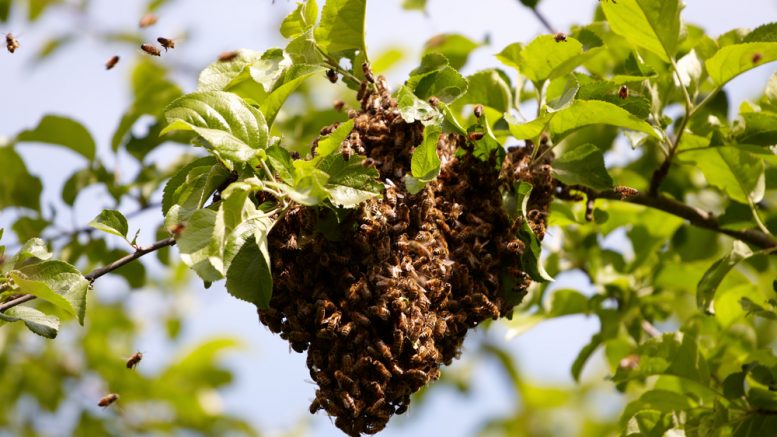Having bees or wasps on your property may be a nuisance to some, and a terrifying prospect for others. Especially people who are allergic to the stings of these insects are generally wary of their presence.
Fortunately, there are companies like Bee Busters, which offer a variety of bee removal services. Simply put, the bees can be removed or relocated to another place and you can feel at ease at your home once again.
However, there is a slight possibility that you may not be done with the bees even when the colony is removed. Here’s why, and what can be done about it.
Bee Society Structure
To understand how and why it is relatively easy to remove a whole swarm or colony almost perfectly and in one turn, you need to understand a bit about the bee society.
Namely, the whole colony is controlled by a single queen. This female is the only one who procreates and that is pretty much all she does after the colony is established.
All of the other bees are workers, and they do all of the work in the colony, as well as in the outside world. Oh, and they are all females, all of the males died in the spring before the colony was established.
All of the worker bees rely on the queen and will do anything to protect her and the offsprings, including stinging you (and dying in the process).
Swarming
What’s more, if the colony becomes too large, a new queen will be born in the nest, and half of the bees are going to follow it out of the nest and into the open world, to search for a new place to live and set up a new colony.
This process is called swarming, and may look intimidating, but if you just leave it alone, it is largely harmless.
Bee Removal
When bees are removed, especially if you are having live bee removal done (bees aren’t killed, but captured alive and sent off to live somewhere else), the bee removal professionals need to capture the queen and as many worker bees as possible.
The workers will follow the pheromone scent of the queen and will gladly follow the queen to whatever new place the bee removal experts take them.
More likely than not, a beekeeper will be more than happy to take in a new colony and have them produce honey.
Straggler Bees
However, in the real world, the bee remover will not be able to capture every single bee. Chances are that some of them will be alarmed and start flying around the nest, trying to protect it, while others might be away and have no idea what happened with the colony.
These bees are called straggler bees, and their appearance is completely normal and expected by the removers.
What Happens to Straggler Bees
In most cases, straggler bees will fly around the area where the colony used to be and try to find the queen. After a few days, they will realize that the colony is gone, and they will disperse, or, if they came from a previous colony as a swarm, they will return to their original nest.
So, the original colony will not be returning to your home, because they will follow their queen, but some bees who were not captured along with the rest of the colony will linger for a while longer looking for the queen and the nest. In time, these bees will leave as well, and you will be free to enjoy your property once again.



Be the first to comment on "Do Bees Return After a Removal"